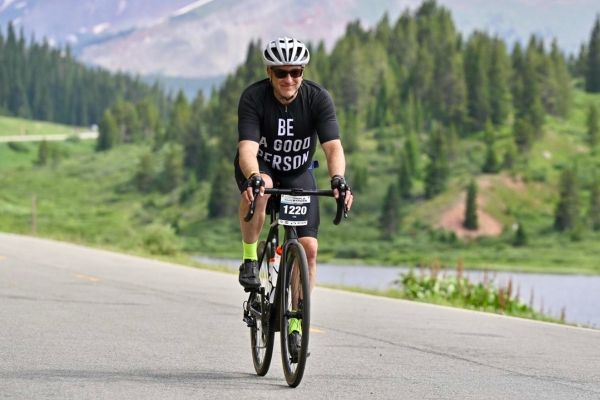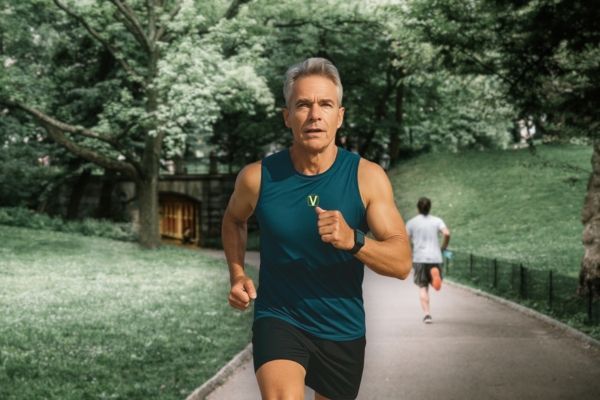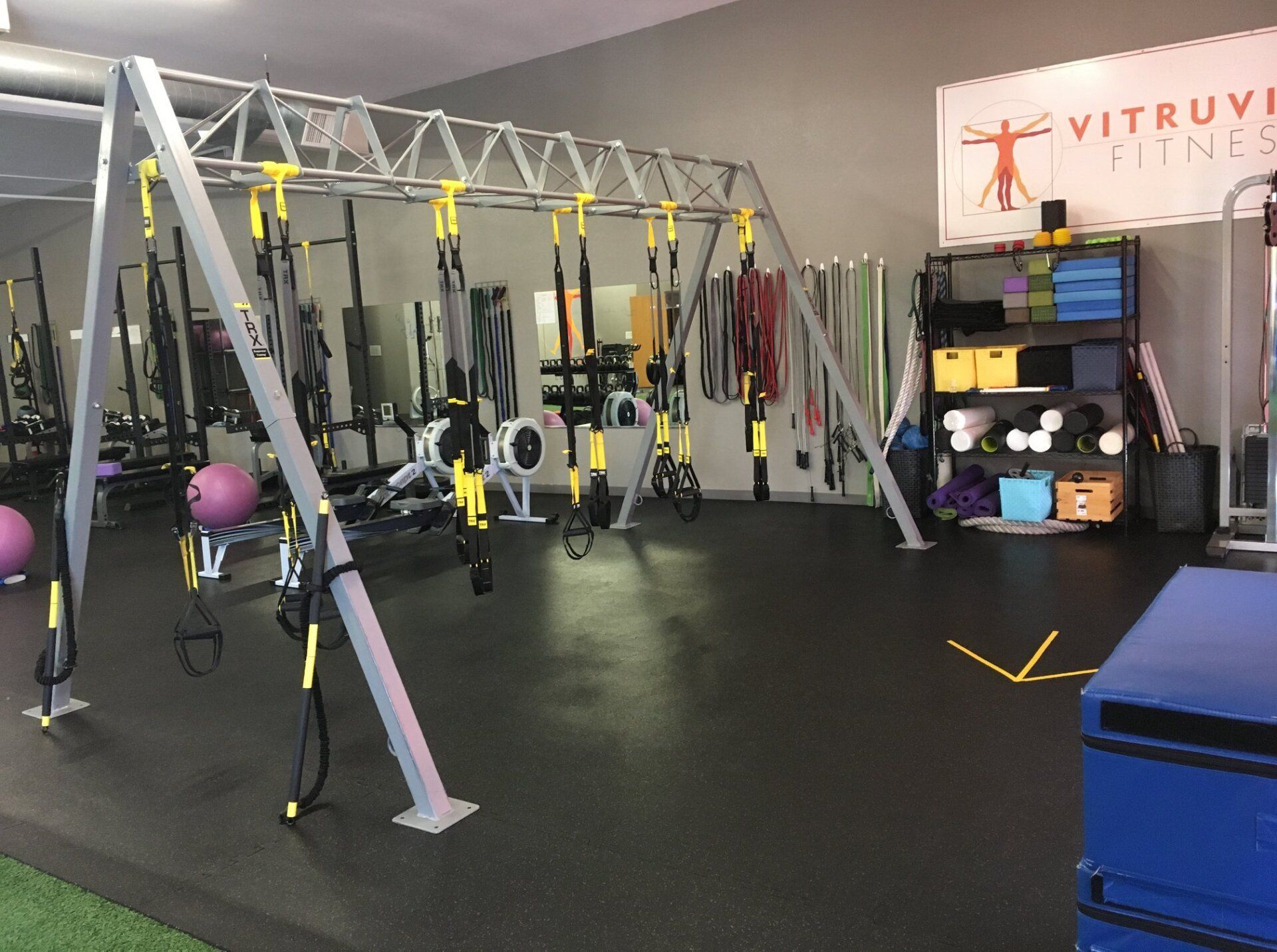Fall Fitness Tips to Prepare You For The Holidays
Fall is finally here! Along with the cooler weather, gorgeous scenery, and shorter days comes a slew of holiday after holiday. Fall is the time to indulge. Thankfully, Vitruvian Fitness is here with some fall fitness tips to help prepare you for the holidays!
First: Let’s reframe
The first tip for fitness this fall? Reframe your plan. Sure, it’s tempting to find a fitness routine that suits your goals so that you can gobble all the turkey you want, but that doesn’t create any lasting change. In fact, making fitness goals related to “bad” behavior is a great way to set yourself up for failure.
Instead of starting a workout regimen this fall so that you can indulge in all the pumpkin spice-flavored goodies you want, think about how (and what) you want to feel and why. Do you have guilt around the merriment of the holidays? Do you worry about what you’re eating or drinking during this time? Well, instead of trying to start a routine in order to preemptively “stop” any damage that you might incur, reframe your thoughts.
Don’t say, I need to start working out to avoid gaining weight this holiday season. Do say, I would like to start working out because I love the way it makes me feel. Don’t say, I need to work out three times a week to offset all my holiday parties. Do say, working out three times a week will really help my stress levels.
In short: don’t frame working out as a punishment or remedy for unhealthy behavior. Frame it as what it is: a practice that rewards your body and mind.
Second: set a goal
Now that you’ve changed why you want to work out, it’s time to focus on what really motivates you.
Why do you want to exercise? Why do you want to get stronger, or faster, or leaner? Perhaps you want to ski blacks this year, or perhaps you’re looking forward to cycling season next spring…or perhaps you want to tackle some of Colorado’s 14ers. Whatever it is, find a real positive motivating factor for exercise.
Why is this important?
The lifestyle changes you make should be applicable for any point in your life. In other words, don’t try to make a temporary change to offset the misbehavior and debauchery that the holidays might bring. Just like New Year’s Resolutions are apt to fail, so is working extra hard in anticipation of over-indulgence.
Decide to get healthy, fit, strong, or powerful because today is the day you’re going to change your life, not because you’re planning on indulging over the holidays.
When you set a positive goal, it’s easier to form a habit to build toward that goal. For example, let’s say your goal is to exercise more frequently so as to sleep better. You miss a few days because of an illness. But once you’re better, you’re having a hard time finding the motivation to work out. How does this affect your sleep? What do you notice about your energy levels? You remember that your exercise routine has helped improve your sleep, and so you return to the gym once your health is back to normal.
If you take anything from this post, it should be that anytime is the perfect time to start a fitness regimen. While fall is full of temptation, using exercise to offset seasonal indulgences isn’t the right frame of mind. If you want to start working out, do it because it will make you feel better, not because it balances the scale, so to speak. When you’re ready to get moving, Vitruvian Fitness is here to help. Our team of experts will work with you to help you shape your goals and strengthen your mind and body. To get started, contact us today.
You might also enjoy these posts . . .








